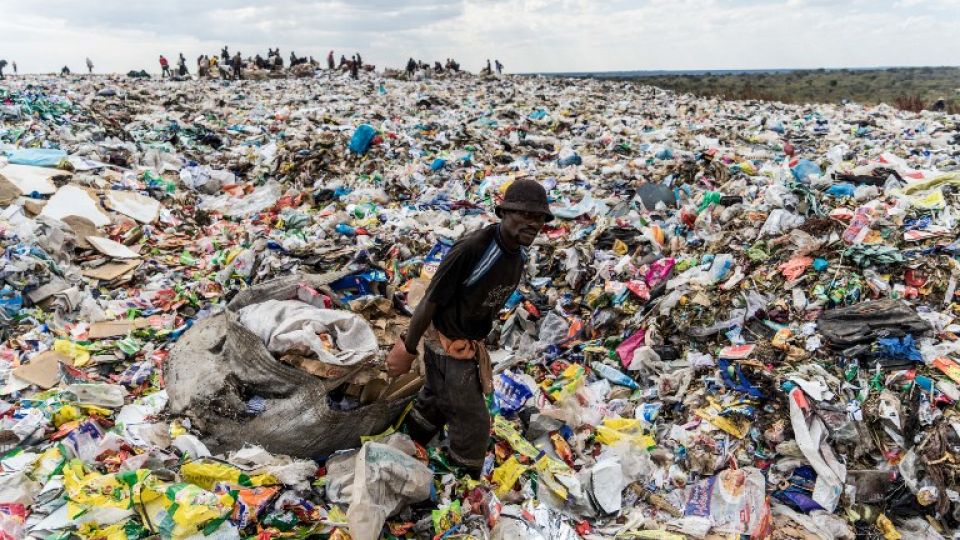October 8, 2018
Limiting global warming to 1,5 degrees Celcius possible but will need unprecedented societal changes: UN panel.
Global economies will have to begin rapid and unprecedented changes to everything from energy production to transport, agriculture and buildings if mankind is to limit damage from global warming, the United Nations’ climate panel said in a major report released on Monday (Oct 8).
The UN’s Intergovernmental Panel on Climate Change (IPCC) looked at the impacts of a rise in Earth’s surface temperature of 1.5 deg C and steps that societies needed to take to limit global average temperatures to that level.
IPCC scientists and officials from 195 member nations met last week in Incheon, near the South Korean capital, to haggle over the final wording of the report and a “summary for policymakers” that clearly spells out the immense climate challenge ahead.
“The good news is that some of the kinds of actions that would be needed to limit global warming to 1.5 deg C are already underway around the world, but they would need to accelerate,” said Dr Valerie Masson-Delmotte, one of the report’s authors.
Scientists have long warned that rising temperatures will make the planet a deadlier place to live, in terms of extreme weather and loss of natural ecosystems, and generally assumed that mankind should limit warming to 2 deg C to avoid catastrophic climate change.
But the world has already warmed about 1 deg C since pre-industrial times. Even at that level, scientists say climate change is fuelling stronger storms, more extreme floods, deadlier heatwaves and wildfires, while hotter oceans are cooking coral reefs. Many of these impacts are occurring faster and harder than some scientists expected.
The IPCC study, which took nearly three years to complete and involved 91 authors from 40 nations, is the first to look in detail at the 1.5 deg C limit in terms of impacts and what it would take to keep temperatures at that level.
The 2015 Paris Climate Agreement calls for halting the rise in temperatures to “well below” 2 deg C and 1.5 deg C, if possible. Right at the end of the Paris conference, the IPCC was asked to prepare a special report on global warming of 1.5 deg C by looking at the latest science involving thousands of studies – more than 6,000 are cited.
The study was urgent because of the accelerating impacts of climate change and the relentless surge in greenhouse gas emissions. Carbon dioxide (CO2), the main greenhouse gas, reached record levels in the atmosphere last year and current pledges to cut emissions under the Paris Agreement would lead to warming of about 3 deg C.
The authors say global warming is likely to reach 1.5 deg C between 2030 and 2052 if it continues to increase at the current rate, meaning the time to act is now. Based on current CO2 emissions from power stations, industry and transport, delaying deep cuts for another decade would make the 1.5 deg C target all but impossible and lock in more extreme weather, faster melting of ice caps and higher sea levels.
The bottom line conclusions from the report are:
That it is possible to limit global warming, but it needs immediate action by governments, businesses and ordinary citizens.
That while the difference between 1.5 deg C and 2 deg C might seem small, some climate change impacts will be less severe by limiting global warming to 1.5 deg C, compared to 2 deg C, or more. So the faster society acts and the deeper the cuts, the better off economies and ecosystems, from coral reefs to ice caps and rainforests, will be.
For example, by 2100, global sea level rise would be 10cm lower with global warming of 1.5 deg C compared with 2 deg C.
The likelihood of an Arctic Ocean free of sea ice in summer would be once per century with global warming of 1.5 deg C, compared to at least once per decade with 2 deg C, the authors say.
Coral reefs would decline by 70 per cent to 90 per cent with warming of 1.5 deg C, whereas virtually all would be lost at 2 deg C.
“Every extra bit of warming matters, especially since warming of 1.5 deg C or higher increases the risk associated with long-lasting or irreversible changes, such as the loss of some ecosystems,” said Professor Hans-Otto Pörtner, one of the report’s authors.
The report finds that limiting global warming to 1.5 deg C would require “rapid and far-reaching” transitions in land, energy, industry, buildings, transport, and cities.
It means that economies would have to rapidly shift away from burning coal, oil and gas, and invest heavily in renewable energy. In the IPCC’s most ambitious pathway, there needs to be a radical reduction in energy consumption coupled with a rapid shift away from fossil fuels and a swift decline in CO2 emissions.
Global net human-caused emissions of CO2 would need to fall by about 45 per cent from 2010 levels by 2030, reaching “net zero” around 2050. This means that any remaining emissions would need to be balanced by removing CO2 from the air. Replanting forests, restoring grasslands and boosting carbon stored in soils are some ways to do this.
Others could be machines that suck CO2 out of the atmosphere and bio-energy with carbon capture and storage.
Allowing the global temperature to temporarily exceed or “overshoot” 1.5 deg C would mean a greater reliance on techniques that remove CO2 from the air to return global temperature to below 1.5 deg C by 2100, it says.
But the report finds that effectiveness of some of these techniques are unproven at large scale and some might carry risks.
“This report gives policymakers and practitioners the information they need to make decisions that tackle climate change while considering local context and people’s needs. The next few years are probably the most important in our history,” said co-author Dr Debra Roberts.


